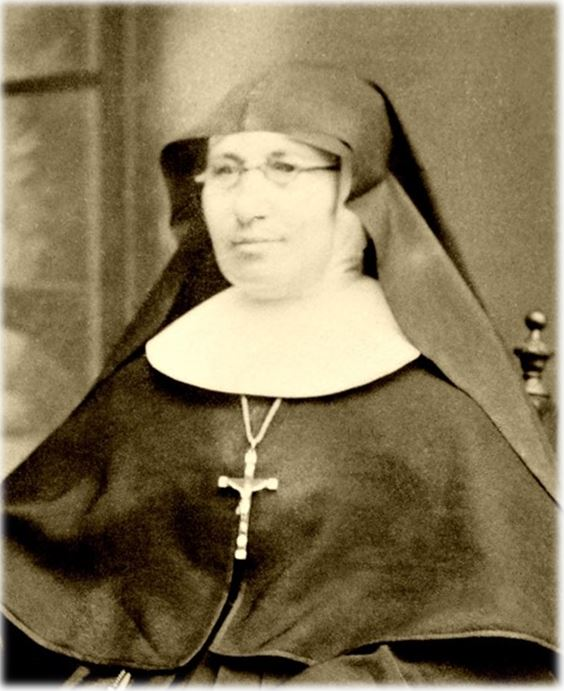by Frank Modica
How well did this special season of Lent 2024 start off for you? Was it a challenge because Valentine’s Day and Ash Wednesday fell on the same day, February 14th? I hope you were able to honor both of these special events.
Traditionally Lent has been a time of sacrifice and penance. Sacrifice might not be a popular word in our modern culture, but it speaks to our experience as Christians, and it speaks to the experience of Jesus. Lent gives us an opportunity to examine our lives and our motivations; even those actions we claim we’re doing for the kingdom of God.
Have you ever used Lent as a motivation or a justification to go on a diet? I’ve tried it several times, and it has never worked out well for me. In fact, I have often gained weight during Lent. My “fasting” never quite felt right because my true motivation for giving up something wasn’t fasting (or trying to fast) to imitate Jesus. My real priorities? To look good by Easter and fit into my bicycle riding gear.
Jesus has strong words about showy sacrifices in the Gospel of Matthew
“When you fast, do not look gloomy like the hypocrites. They neglect their appearance, so that they may appear to others to be fasting. Amen, I say to you, they have received their reward. But when you fast, anoint your head and wash your face, so that you may not appear to others to be fasting, except to your Father who is hidden. And your Father who sees what is hidden will repay you. ”
Matthew 6: 16-18
Sr Joanne Suranni, in her essay, “The Self emptying Love of God” describes the true meaning of sacrifice and self-emptying love during Lent:
Lent is not just about giving up (fill in the blank for yourself). Lent is about experiencing our souls pining and grasping for God, as well as experiencing the deeper realization of being grasped by God through the self-emptying love of Jesus.
In the history of our community, the Servants of the Holy Heart of Mary, our Mother Foundress, Marie Moisan, is a strong model of this self-emptying love. Sr Agnes Cunningham, in her book, “The Spiritual Journey of Mother Marie (TSJOMM),” provides numerous examples for us to consider:
“How well MARIE MOISAN understood the words of Jesus: “If anyone wishes to come after me, let that one deny his very self, take up his cross, and begin to follow in my footsteps. Matthew 16:24”
TSJOMM p 28
“In all things, she (Marie Moisan) sought to please God, the object of her faith and her love, by a life spent for his glory.”
TSJOMM p 19
“She was truly the servant of others. One had the impression that her humility flowed from an ardent love of Christ. She sought what was deep and solid rather than what might have been superficial and dramatic.”
TSJOMM p 23
St Paul beautifully presents this self-emptying love of Jesus in Philippians 2:7, where we read, “He emptied himself, taking the form of a slave, being born in human likeness.”
The Greek word for this self-emptying is Kenosis. Sr Joanne Suranni defines self-emptying another way:
“It is the opposite of clinging or holding on tightly to something or someone and illustrates a total letting go on the part of Jesus. He did not cling to his own divine life, human life, importance, prestige, material things or a particular relationship.”
What are the things we cling to? Hoarding is an extreme example of clinging to possessions. According to a document from the Mayo Clinic, the hoarder believes those items they cling to are unique or that they’ll need them at some point in the future. They feel emotionally connected to items that remind them of happier times or represent beloved people or pets. Hoarders feel safe and comforted when surrounded by things.
St. Augustine once said that God is always trying to give good things to us, but our hands are too full to receive them. Emptying our hearts and hands of our desires is the core dynamic of self-denial. Echoing St Augustine, the 16th century Spanish mystic and doctor of the Church, John of the Cross) stated “the most important thing is making room for God.”
For me Lent is about emptying–my own self; my ego, my pride, things that get in the way of being more like Jesus. Examples include too much time mindlessly scrolling through social media and binge-watching TV while ignoring friends and family.
Our recent celebration of the 200th anniversary of the birth of Marie Moisan provides numerous opportunities during this Lenten season to reflect on how we can imitate her life of self-emptying love. Drawing from Sr Agnes’ book and the prayer service:
“She was not afraid of what her relationship to God and to others might demand of her. Her aim was to love God and all persons in a spirit of sacrifice and a total gift of herself.”
TSJOMM p. 19
And
“The humdrum quality of daily life calls us to accept simple tasks, to take “little steps”, but to do so with a courage that leaves kindness and goodness in its wake!”
200th anniversary prayer service
Even at the end of her life Marie Moisan grasped the essential quality of this life of total commitment:
“And she surrendered her life into the hands of a loving heavenly father, she could surely have said with Saint Paul: “I have fought the good fight, I have kept the faith. Nothing remains for me, but to receive the crown of justice.”
TSJOMM p 47-48
Through the disciplines of Lent, Our Lord bids us to let go and perhaps to be less full of ourselves. As we enter deeper into Lent it is worthwhile to consider if our penances, prayers, fasting and almsgiving have led us, like Marie Moisan, to a deeper, self-emptying love.


Leave a comment